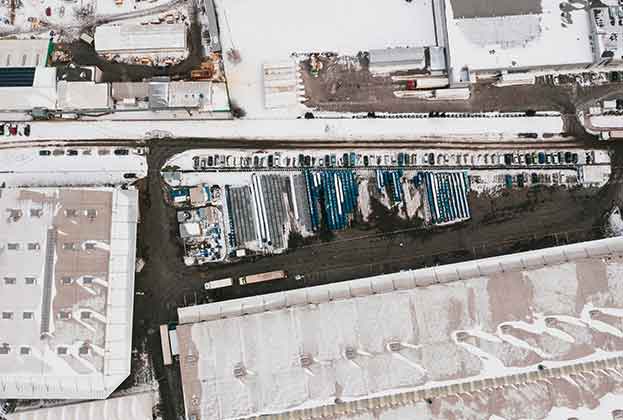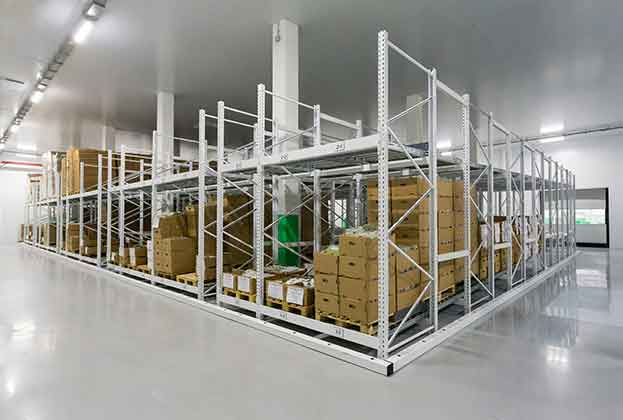It's a well-known fact that online retail has changed the landscape of London; the way we receive our goods and the speed in which they arrive on our doorsteps have created unprecedented demand for warehouse space within the capital.
Consequently, London’s supply chain and logistics networks are essentially the lifeblood of the modern age. Every single person is impacted by the sector in one way or another, whether it’s receiving their latest ASOS order or an Uber Eats delivery.
With this in mind, it’s hard to fathom just how much industrial space is needed to fulfil the scale of demand, especially as we build more and more housing. The British Property Federation’s ‘What Warehousing Where?’ report states that at a national level 69 sq ft of additional warehouse space will be needed per home in order to fulfil deliveries generated by the growth in online retail.
Savills calculates that London has to build up to 94,000 homes annually, but with current industrial development levels at an average of 1.25 million sq ft, we could be looking at a shortfall of up to 5 million sq ft per year.
With land scarce and competition fierce, where will we find this kind of space to keep London’s distribution channels moving?
The Greater London Authority (GLA), as part of its draft London plan, has implemented a policy of industrial intensification. Essentially there can be ‘no net loss’ of industrial floor space in the capital. While in theory this is a good start, there still remains a lack of understanding about the type of space that is required and whether or not it is compatible with other uses, in particular residential.
‘Beds and sheds’ has been a phrase bandied around for some time, but there still remains little to no examples of this working in practice. The Travis Perkins site in King’s Cross, which sits below a block of Unite student accommodation, is the closest we’ve come, but as a trade counter it is not quite as radical as some would like.
For many industrial agents, there is little to no point in pursuing this policy if it doesn’t accommodate B8 use classes, most importantly distribution space. The sites are often considered noisy, dirty and smelly, but what the vast majority of people don’t realise is that a large number of those that are operational in London now use electric vehicles . In fact, you probably wouldn’t notice them at all, or the major role they plan in the capital’s economy.
Yard space is another significant issue, especially as intensification suggests that this kind of land would be the first to go. External yards provide for the efficient use of industrial buildings and a lack of proper provision could result in queuing vehicles and dangerous manoeuvres on public roads.
The problem developers and investors face is that whether it’s multi-storey or mixed use you can’t just give it a go and hope for the best. Ultimately, there needs to be a better understanding of who the occupiers in London will be and what they’ll need to make this largely unconventional space work.
Alternatively you could be facing a long wait for that parcel to arrive.
Further information
Read more: Spotlight: Big Shed Briefing
.jpg)

.jpg)





.jpg)

.jpg)